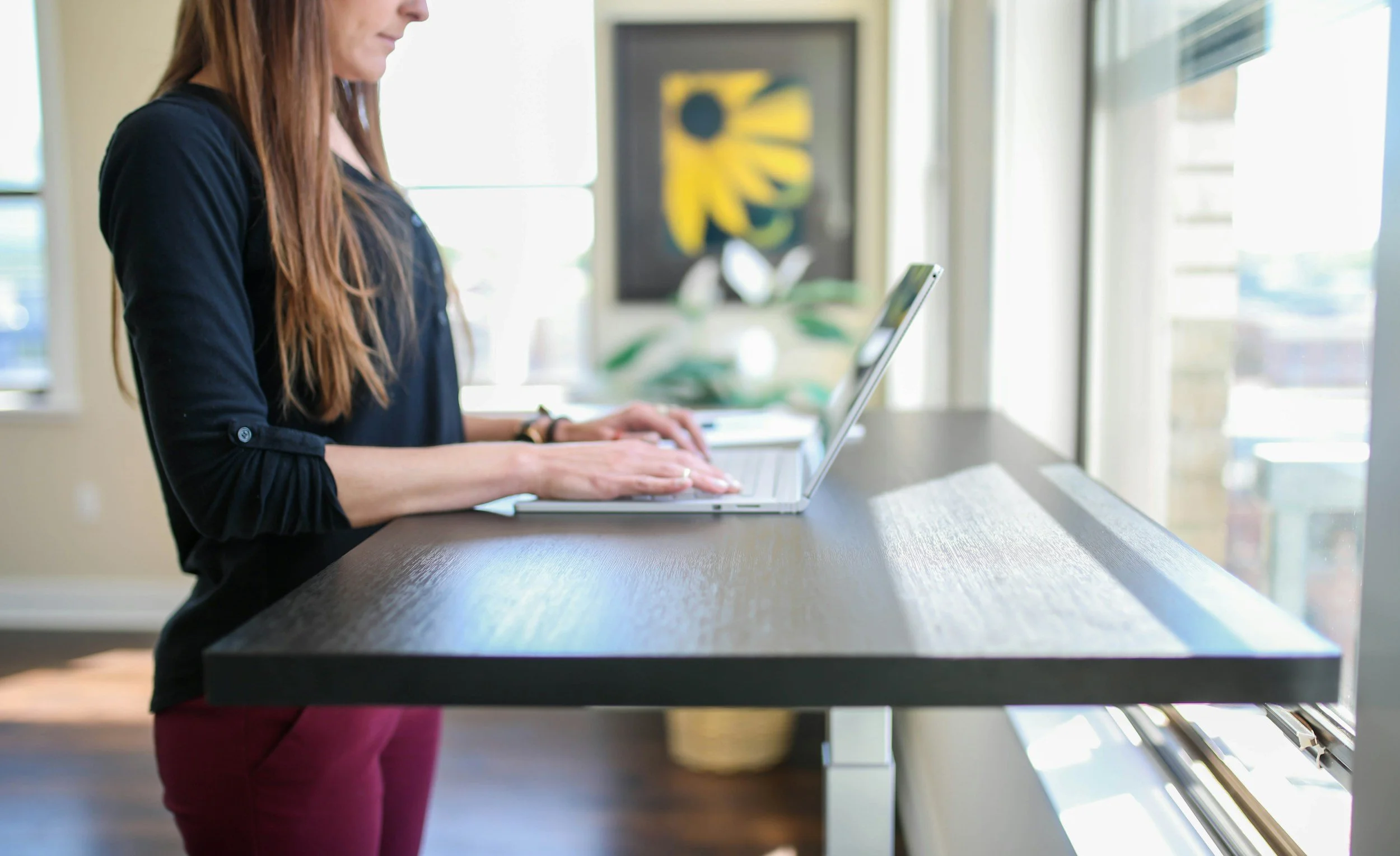The Hybrid Work Paradox: Why Engagement is Up But Wellbeing is Down (and What Australian Businesses Can Do About It)
Gallup’s recent report into global workplace trends delivers a surprising insight: remote and hybrid workers report higher engagement but lower wellbeing.
This contradiction matters, especially in Australia where hybrid work is fast becoming the default. While the flexibility of remote work can boost productivity and autonomy, it can also quietly chip away at connection, mental health and long-term sustainability.
So what do these findings mean for Australian businesses? And how can leaders design hybrid models that protect both performance and wellbeing?
Here’s what you need to know.
Engagement is up.
But at what cost?
Gallup found that hybrid and fully remote employees are among the most engaged in the global workforce. They report fewer distractions, better focus and higher day-to-day satisfaction with their roles.
But there’s a catch.
These same employees are also more likely to report daily stress, loneliness, and poor work-life boundaries. In other words, hybrid work is delivering on its promise of flexibility and autonomy, but without the right support, it can come at a cost to wellbeing.
This tension is something we see daily in our work at Active Health Partners: highly capable professionals burning out quietly behind their screens.
Why this matters for Australian employers.
Australia has one of the highest rates of hybrid and remote work globally.
Post-pandemic, many teams shifted to flexible models with minimal infrastructure to support them long term. While the tech stack got upgraded, the human systems often didn’t.
The result? Increased disengagement, quiet quitting, and an uptick in workplace stress claims.
And it's not just anecdotal. Recent Safe Work Australia data shows a steady rise in psychological injury claims. Businesses are now expected to demonstrate proactive steps to support both the physical and mental wellbeing of their workforce — regardless of where people work from.
Designing hybrid work that actually works
It’s not enough to just give people laptops and logins.
High-functioning hybrid work needs to be designed intentionally. That means rethinking how we approach:
Workstation safety: A dodgy home desk setup is more than an inconvenience. It’s a WHS risk. Our Workstation Ergonomic Assessments help reduce musculoskeletal injuries and support comfort and productivity.
Compliance: Businesses have a duty of care for home-based employees. Our Working From Home Checklist + Training makes it easy to tick the legal boxes while actually educating staff on how to protect their bodies and minds at work.
Wellbeing at work: Flexibility should not mean isolation. Our Workplace Training includes practical sessions on focus, energy, movement, and managing the mental load of hybrid life.
Leadership capability: Managers need new skills to lead distributed teams effectively. That includes how to check in without micromanaging, how to model healthy work behaviour, and how to recognise the early signs of burnout.
If any of those sound like gaps in your current setup, you’re not alone.
What Australian businesses can do now
Gallup’s research is clear: hybrid work isn’t a problem. Poorly managed hybrid work is.
Here are five things you can do this quarter:
Audit your hybrid policies and tools. Are they compliant? Are they usable? Are they supporting performance and wellbeing?
Check the physical setup. Use a structured assessment process to evaluate workstation risks at home and in the office. If you're not sure where to start, our Workstation Ergonomic Assessments provide a simple way to identify and fix issues.
Invest in hybrid-specific training. Whether it's our Hybrid Working Solutions or targeted workshops for managers and teams, training ensures your people know how to thrive in the model you've set up.
Support mental health proactively. That might include scheduling regular check-ins, offering mental health training, or introducing wellbeing-focused sessions through our Workplace Training.
Talk to your people. Engagement and wellbeing aren’t abstract concepts. Ask your team what's working and what’s not. Then act on it.
The future of hybrid work in Australia
Flexibility isn't going away. And nor should it. But the next wave of hybrid work will need to be smarter, more sustainable and more people-centred.
That means understanding the paradox. High engagement doesn’t always mean low risk. When people are quietly struggling behind their productivity, it takes a shift in leadership, design and training to create real change.
At Active Health Partners, we’re helping businesses close the gap between performance and wellbeing.
If you’re ready to build a hybrid model that works for the long term, explore our Hybrid Working Solutions, or get in touch to discuss a tailored approach.
The future of work is flexible. Let’s make sure it’s also healthy, compliant, and human.
Reference:
Gallup. (2024). The Remote Work Paradox: Higher Engagement, Lower Wellbeing. Retrieved from https://www.gallup.com/workplace/660236/remote-work-paradox-engaged-distressed.aspx




